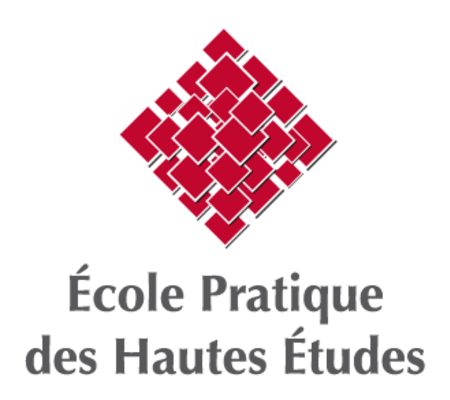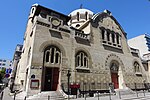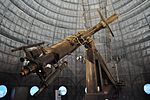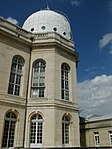École pratique des hautes études

The École pratique des hautes études (French pronunciation: [ekɔl pʁatik de ot.z‿etyd]), abbreviated EPHE, is a Grand Établissement in Paris, France. It is highly selective, and counted among France's most prestigious research and higher education institutions. It is a constituent college of the elite Université PSL (together with ENS Ulm, Paris Dauphine or Ecole des Mines). Its degrees in religious studies and in history count among the best in the world. Closely linked to École française d'Extrême-Orient and Institut français du Proche-Orient, EPHE has formed continuously world-class experts in Asian and Islamic studies and among them investment bankers, diplomat and military officers specialized in these areas. Particularly, leading researchers in military strategy have taught in EPHE for more than a century, such as, by example, Hervé Coutau-Bégarie. Moreover, famous researchers in natural sciences (especially neurosciences and chemistry) teach and taught in EPHE (among them Jean Baptiste Charcot and Marcellin Berthelot). Highly regarded for its top level in both natural and human sciences, EPHE has relations and exchange programs with world-renowned institutions such as Cambridge, Princeton, and Al-Azhar.
Excerpt from the Wikipedia article École pratique des hautes études (License: CC BY-SA 3.0, Authors, Images).École pratique des hautes études
Rue Ferrus, Paris Quartier du Parc-de-Montsouris (Paris)
Geographical coordinates (GPS) Address Nearby Places Show on map
Geographical coordinates (GPS)
| Latitude | Longitude |
|---|---|
| N 48.8311 ° | E 2.34 ° |
Address
La Plateforme du Bâtiment
Rue Ferrus
75014 Paris, Quartier du Parc-de-Montsouris (Paris)
Ile-de-France, France
Open on Google Maps









